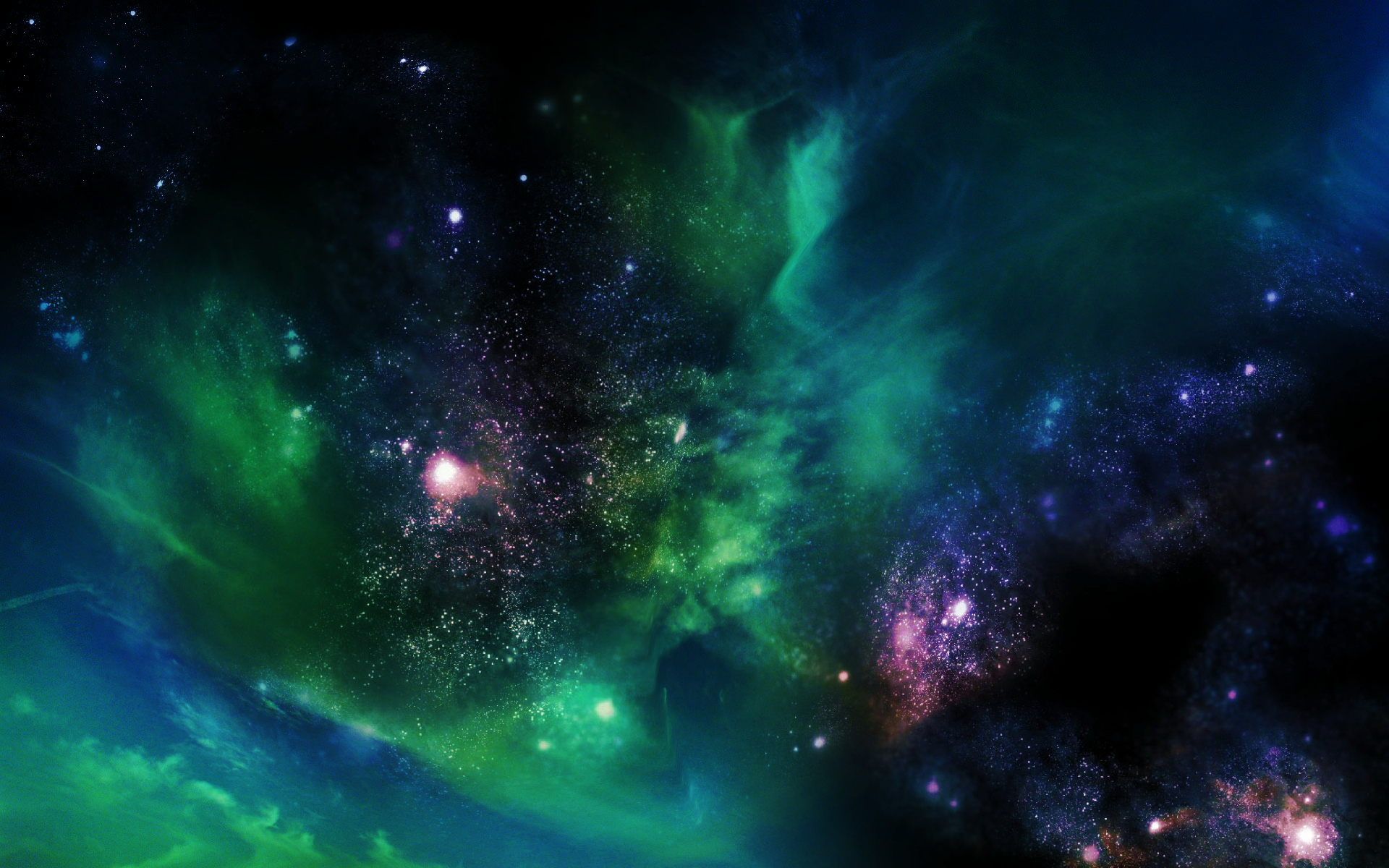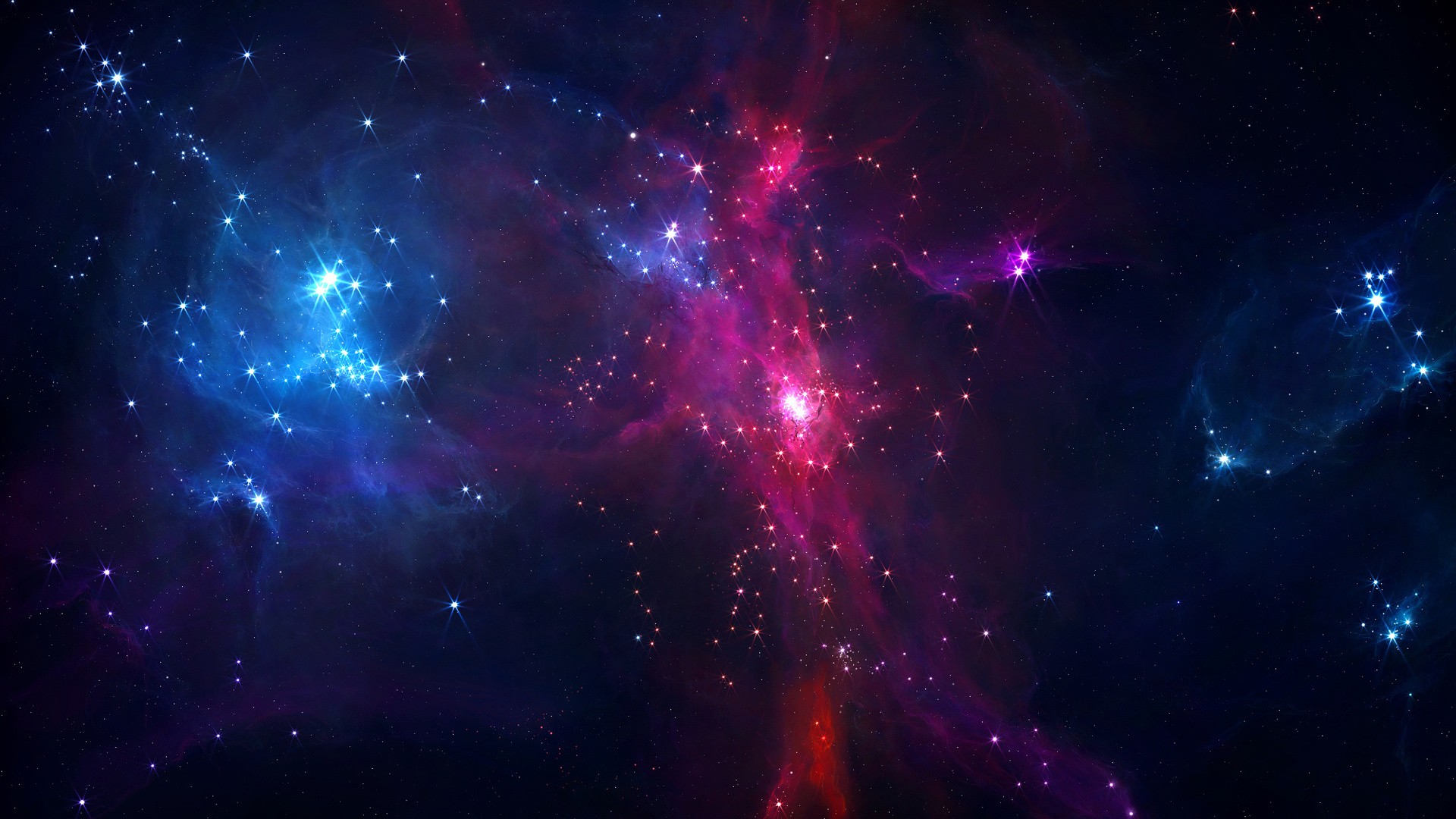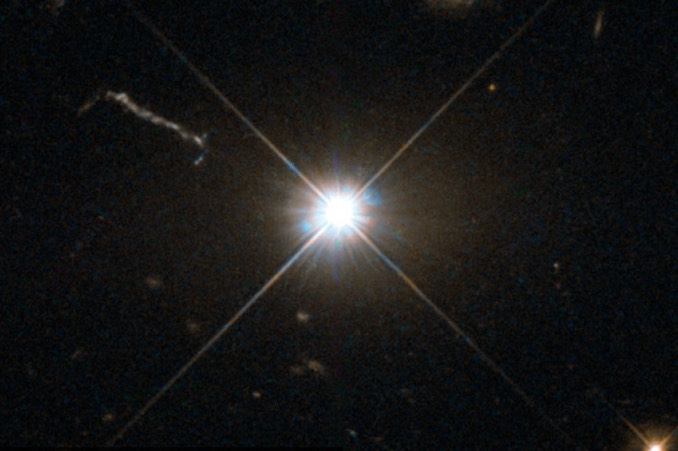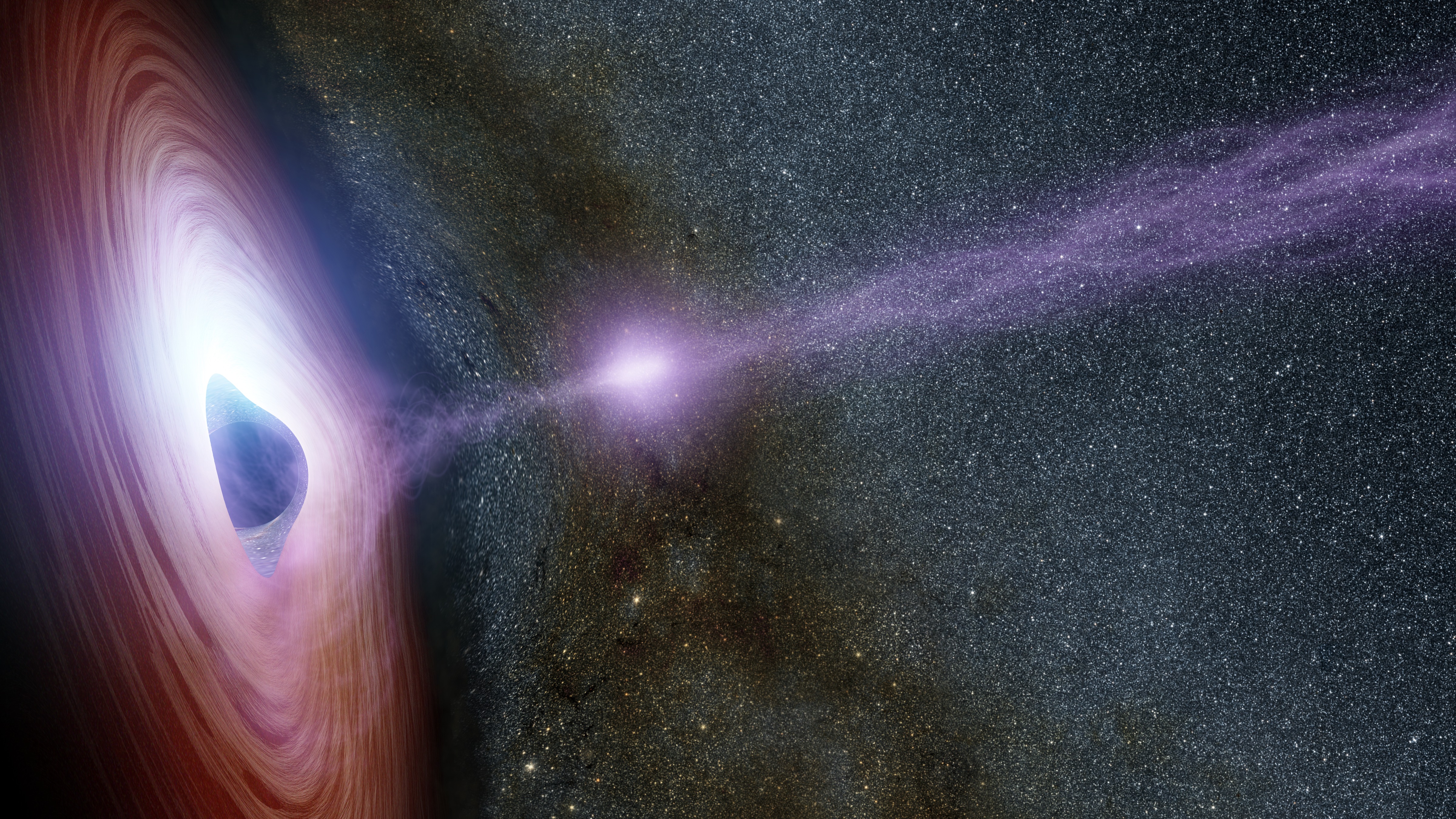
Astronomers have discovered a pulsar that comes with its own magnifying glass — courtesy of its brown dwarf companion that’s being torn to shreds.

The asteroid, currently nestling in Jupiter's orbit, is the first known asteroid to have been captured from another star system.

The new clue to Planet Nine's existence was spotted in data from the Dark Energy Survey. The new object we can see and observe is called 2015 BP519, and looks like it could be as big as Pluto itself.

A SUBORBITAL rocket was launched into space on Thursday by a start-up in China’s burgeoning commercial aeronautics industry, as private firms snap at the heels of their dominant American rivals.

An international team of astronomers is releasing the most comprehensive, high-resolution ultraviolet-light survey of nearby star-forming galaxies.

Transiting Exoplanet Survey Satellite – TESS – has snapped a stunning test photo showing an estimated 200,000 stars cantered on the southern constellation Centaurus.

Astronomers have observed a galaxy 13.3 billion light years away that includes stars that must have been shining just 250 million years after the Big Bang.

Citing data collected by NASA's Galileo probe more than two decades ago, scientists report that giant jets of water are spouting more than 100 miles off Jupiter moon Eupora's surface.

The Mars Helicopter, a small, autonomous rotorcraft, will travel with the agency’s Mars 2020 rover mission, scheduled to launch in July 2020, to demonstrate the viability and potential of heavier-than-air vehicles on Mars.

Australian astronomers have fond what may be the fastest-growing black hole in the known universe, an ancient 20-billion-solar mass beast consuming the mass of the Sun every two days.
SpaceX successfully launched its first "block 5" Falcon 9 rocket, carrying a satellite for Bangladesh. Then the rocket's first stage made a safe landing on an offshore droneship -- the 25th such recovery for SpaceX so far.

A team of researchers, using Europe’s Very Large Telescope in Chile, has found an exoplanet, WASP-96b, with a cloud-free atmosphere, allowing them to detect sodium in levels similar to abundances on Earth.

The Chandra Observatory has found direct evidence for up to 10 stellar-mass black holes and thousands more lurking within a few light years of Sagittarius A*, the supermassive black hole at the center of the Milky Way.

A new study presents the first physical evidence that the Venus’ and Jupiter’s gravity can cause shifts in Earth’s orbit—and swings in its climate—every 405,000 years.

One scientist and several nearby dairy farmers said that the sinkhole was the largest they had ever seen, and the earth at the bottom dates back to the paleolithic era dating 60,000 years ago.